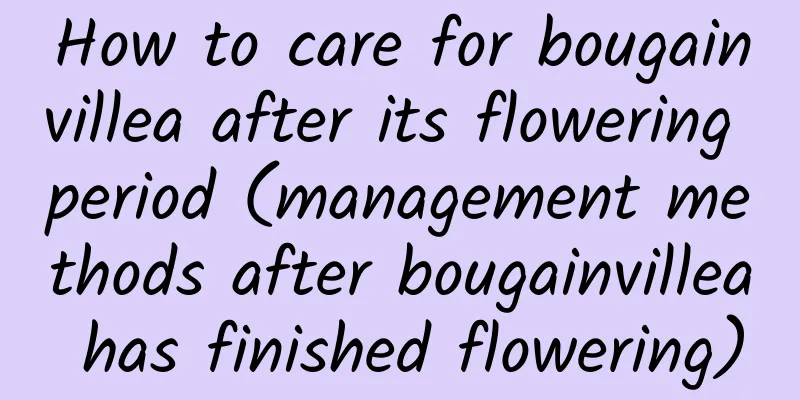Breeding methods and precautions of the city that never sleeps

Farming methodsLight and temperatureThe City That Never Sleeps likes sunshine and requires long sunshine hours and sufficient light. It is best placed outdoors in a well-ventilated and well-lit place.The sunshine time and intensity in spring are most suitable for its growth. However, in the hot summer weather, you should pay proper attention to shading. Long-term exposure to the sun will cause the leaves to become thin, not full, and the color will become darker. The temperature is low in winter, so it should be placed in a sunny place indoors for maintenance. WateringThe City That Never Sleeps is drought resistant and should be watered based on the principle of “don’t water unless the soil is dry, and water thoroughly when you do.” In midsummer, the temperature is high and the evaporation is large, so the plants need to be watered sufficiently and the leaves sprayed with water frequently. After autumn, gradually reduce watering. It is better to keep the soil in the pot slightly dry in winter. When the temperature is too low, it is not suitable to water. soilThe basic requirements for the soil of the City That Never Sleeps are that it should be loose, fertile, water-retaining and breathable. The soil should preferably be sandy, which can promote looseness and breathability of the soil and facilitate drainage.FertilizationThe Evergreen Plant is highly adaptable and usually does not require fertilizer. During the growing period of the Everbright City, you can apply 2-3 times of decomposed thin liquid fertilizer or rice water. It is not advisable to apply too concentrated fertilizer. It is not advisable to apply fertilizer during the dog days to avoid root rot. RepottingRepot in early spring every year. The potting soil should be loose, fertile, well-drained and breathable sandy soil. You can use 2 parts each of leaf mold or peat soil, sand or vermiculite, and 1 part of garden soil, and add a small amount of decomposed bone meal or wood ash as base fertilizer. PrecautionsPay attention to wateringWatering should not be too frequent, nor too much at one time. Water should be applied in moderation and the soil should be loosened appropriately. Be careful when using flower potsIt is recommended to use a clay pot, because the city that never sleeps has high requirements for ventilation and air permeability, and no water can accumulate. The pot should be repotted at least every 2-3 years. When growing the City That Never Sleeps, do not move it frequently or change the pot frequently. When changing the pot, keep its roots and trim the roots appropriately. |
<<: Breeding methods and precautions of Zui Meiren
>>: How to cultivate velvet needles
Recommend
When to transplant orchids
Orchid is known as one of the four gentlemen amon...
Does Basil prefer shade or sun?
Does Basil prefer shade or sun? Basil is a sun-lo...
If you can’t grow flowers well indoors, it’s because you didn’t follow these 5 rules
prune Every time we prune, we should carefully ch...
Growing environment conditions and characteristics of boxwood
Boxwood Growth Environment Conditions and Require...
Common diseases of Oncidium and their control methods
Oncidium leaf disease When Oncidium is infected w...
What to do if the leaves of bamboo palm turn yellow
The reason why leaves turn yellow Too much light ...
Sunshine Rose grapes dropped from 300 yuan per catty to 10 yuan. Future market trends
Speaking of the most popular grapes in recent yea...
Cultivation methods and precautions of Japanese early cherry blossoms
1. Watering This plant is more susceptible to dro...
How to grow pomegranate flowers
Prepare the Materials Use your hard-earned money ...
Common varieties of freesia
White Freesia The leaves and bracts are wider tha...
Is it good to grow aphid at home?
1. Is it good to keep it at home? It is very good...
Cultivation methods and precautions of false leaf tree
Cultivation method of false leaf tree Pot soil se...
How to plant gentian
Soil selection: Choose moist sandy soil rich in o...
The Flower Language and Legend of Twin Lotus
The Flower Language of Twin Lotus The flower lang...
The meaning of sending roses
1. The meaning of 1 flower When giving a rose, ch...









